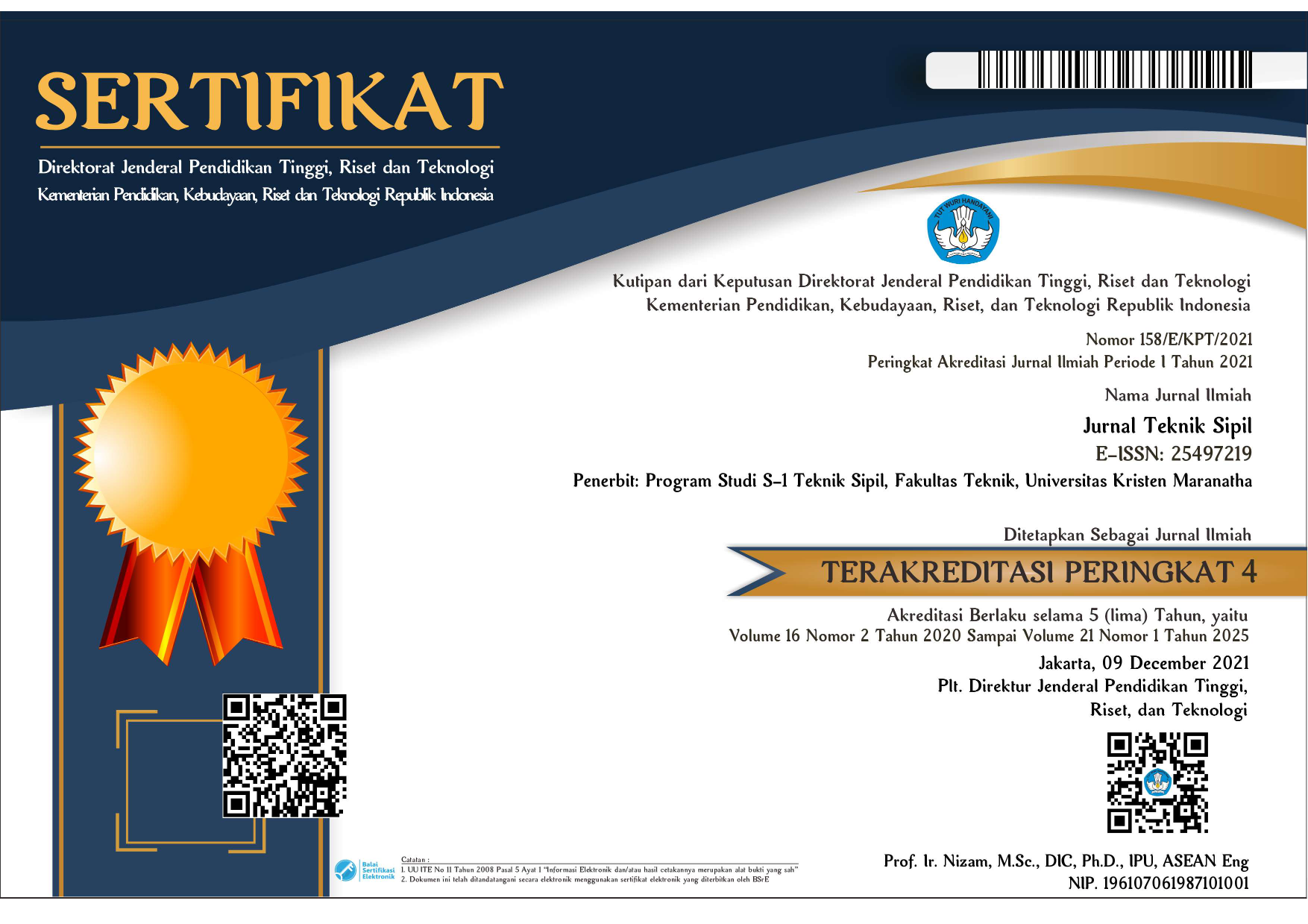Assessment of Residential Satisfaction using Gap Analysis: A Case Study in Naypyitaw City, Myanmar
DOI:
https://doi.org/10.28932/jts.v20i1.7428Keywords:
Gap Analysis, Government-Provided Housing, Livable City, Residents, SatisfactionAbstract
This research paper conducts an evaluation of residential satisfaction within government-provided four-storied apartment complexes situated in civil-servant housing areas in Naypyitaw City, Myanmar. As the construction of these apartment buildings continues to address the housing demands of civil servants, comprehending the determinants of residents' contentment becomes paramount. The study encompasses data collected from 500 households through structured questionnaires employing a multi-cluster sampling approach. These questionnaires utilize a five-point Likert Scale format to gauge residents' levels of importance and satisfaction. Gap Analysis is employed to scrutinize the gathered data, ultimately identifying seven pivotal attributes that hold the potential to substantially enhance residential satisfaction. These attributes encompass ceiling height, apartment layout plan, room and corridor dimensions, quantity of rooms, staircase design, neighborhood relations, and proximity to police stations. Based on these revelations, recommendations are tendered, advocating the modification and reevaluation of these attributes in forthcoming housing developments. This underscores the imperative need for creating a livable city by ensuring the provision of essential services in closed proximity to residential areas.Downloads
References
Aigbavboa, C., & Thwala, W. (2016). A notional appraisal of the bases of housing satisfaction. International Journal for Housing Science and Its Applications, 40(2), 133–145.
Aung, M. (2019). Smart City Action Plans ( SCAPs ) for Nay Pyi Taw. https://www.ur-net.go.jp/overseas/AseanSmartCityNetwork/lrmhph00000162t5-att/Nay_Pyi_Taw.pdf
Balestra, C., & Sultan, J. (2013). Home Sweet Home: The Determinants of Residential Satisfaction and Its Relation with Well-Being. Working Paper. OECD Statistics Working Paper Series, STD/DOC(2013)5, 42. http://www.oecd.org/officialdocuments/publicdisplaydocumentpdf/?cote=STD/DOC(2013)5&docLanguage=En
Cochran, W. G. (1977). Sampling Technique’s third edition.
Myanmar National Building Code, (2020) (testimony of Department of Building & Ministry of Construction). https://myanmar-law-library.org/spip.php?page=pdfjs&id_document=1567
Francescato, G., Weidemann, S., & Anderson, J. R. (1989). Evaluating the Built Environment from the Users’ Point of View: An Attitudinal Model of Residential Satisfaction. In Building Evaluation (pp. 181–198). Springer, Boston, MA. https://doi.org/10.1007/978-1-4899-3722-3_14
Henderson, C. G. (1988). The influence of housing satisfaction on job satisfaction, job performance and overall quality of life. Dissertation Abstracts International, 446. https://doi.org/10.31274/RTD-180813-8669
Hur, M., & Morrow-Jones, H. (2008). Factors that influence residents’ satisfaction with neighborhoods. Environment and Behavior, 40(5), 619–635. https://doi.org/10.1177/0013916507307483
Ibem, E. O., Opoko, A. P., Adeboye, A. B., & Amole, D. (2013). Performance evaluation of residential buildings in public housing estates in Ogun State, Nigeria: Users’ satisfaction perspective. Frontiers of Architectural Research, 2(2), 178–190. https://doi.org/10.1016/j.foar.2013.02.001
Kabisch, S., Poessneck, J., Soeding, M., & Schlink, U. (2020). Measuring residential satisfaction over time: results from a unique long-term study of a large housing estate. Housing Studies, 0(0), 1–19. https://doi.org/10.1080/02673037.2020.1867083
Kiel, K., & Carson, R. (2020). An Examination of Systematic Differences in the Appreciation of Individual Housing Units. Https://Doi.Org/10.1080/10835547.1990.12090630, 5(3), 301–318. https://doi.org/10.1080/10835547.1990.12090630
Levenburg, N. M., & Magal, S. R. (2004). Applying Importance-Performance Analysis to Evaluate E-Business Strategies among Small Firms. E-Service Journal, 3(3), 29–48. https://doi.org/10.1353/esj.2005.0012
Likert, R. (1932). A Technique for the Measurement of Attitudes. Archives of Psychology, 140, 44–53.
MC Gill University Services. (2015). Building Design Standards, Special Building Areas: Corridors and Hallways.
Parker, C., & Mathews, B. P. (2001). Customer satisfaction: Contrasting academic and consumers’ interpretations. Marketing Intelligence & Planning, 19(1), 38–44. https://doi.org/10.1108/02634500110363790
Shia, B. C., Chen, M., Ramdansyah, A. D., & Wang, S. (2016). Measuring Customer Satisfaction toward Localization Website by WebQual and Importance Performance Analysis (Case Study on AliexPress Site in Indonesia). American Journal of Industrial and Business Management, 06(02), 117–128. https://doi.org/10.4236/ajibm.2016.62012
Somiah, M. K., Aidoo, I., & Braimah, A. (2017). An Empirical Enquiry into the Attributes of Residential Satisfaction that Predict Students’ Satisfaction in Public Halls of Residence in Technical Universities in Ghana. International Journal of African and Asian Studies.
Yusoff, F. (2017). Residential Satisfaction in Military Family Housing.
Downloads
Published
How to Cite
Issue
Section
License
Copyright (c) 2024 Pan Ei Phyu, Nursyirwan Effendi, Purnawan Purnawan

This work is licensed under a Creative Commons Attribution-NonCommercial 4.0 International License.


















